Table of Contents
1. Introduction
2. Market overview
3. Key considerations when selecting spark plugs
4. Top spark plug types and their features
5. Conclusion
Introduction
In 2024, the automotive industry is pushing boundaries with advanced technologies, and choosing the right spark plugs is more crucial than ever for maintaining vehicle performance and efficiency. Spark plugs are vital for engine ignition, ensuring smooth and reliable starts, optimal fuel combustion, and improved overall engine performance. For online retailers, offering the latest and most effective spark plugs can significantly enhance customer satisfaction and drive repeat business. Whether dealing with high-performance vehicles or everyday models, understanding the nuances of spark plug selection can lead to better engine health, reduced emissions, and longer service intervals, ultimately benefiting both the end-users and your business.

Market Overview
Market Growth
Driven by advancements in engine technology and an increase in vehicle production, the spark plug market is expected to experience robust growth, with projections indicating a market value of USD 4.73 billion by the end of 2030. The market size was valued at approximately USD 3.46 billion in 2023 and is projected to grow at a compound annual growth rate (CAGR) of 5% to reach nearly USD 4.73 billion by 2030. This growth is primarily attributed to the rising demand for fuel-efficient vehicles and stringent emission norms pushing for better engine performance and lower emissions.The CAGR from 2024 to 2030 is estimated at around 5%, driven by increasing automotive production, particularly in emerging economies.
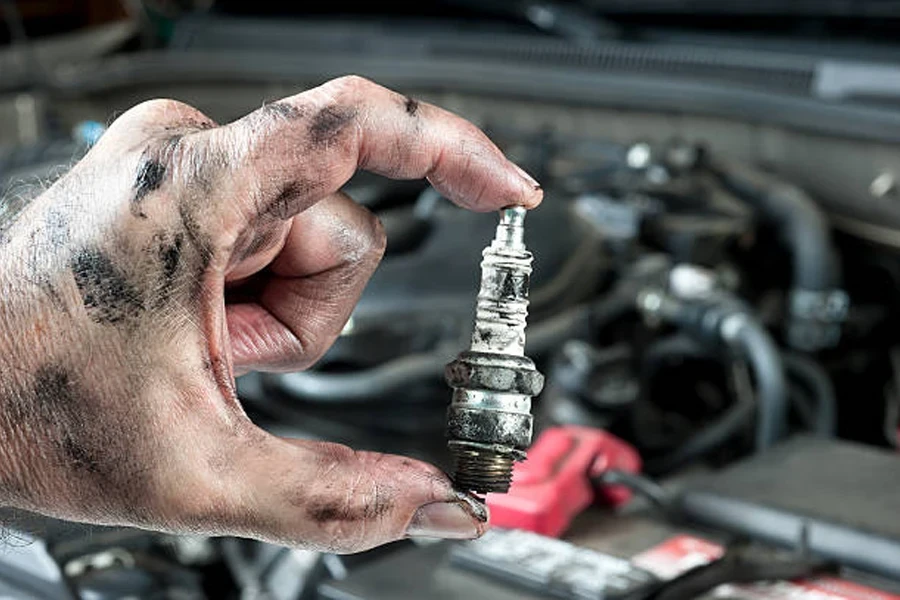
Regional Trends
The regional dynamics of the spark plug market showcase diverse growth patterns:
- North America: The market in North America is driven by the high demand for advanced spark plugs in both passenger and commercial vehicles. The U.S. and Canada remain significant markets due to the presence of major automotive manufacturers and a well-established aftermarket segment.
- Europe: Europe is anticipated to grow at the fastest pace during the forecast period. This growth is supported by the region’s focus on clean technology and stringent emission regulations. Germany, in particular, leads the market with substantial automotive production and innovation in spark plug technology.
- Asia-Pacific: Asia-Pacific holds the largest share of the global spark plug market. The region’s dominance is attributed to rapid industrialization, urbanization, and the booming automotive sector in countries like China, India, and Japan. The increasing production of vehicles and favorable government policies promoting new-energy vehicles further bolster market growth in this region.
- Middle East and Africa: While still developing, the market in this region shows potential due to the increasing demand for automobiles and industrial machinery that rely on spark plug technology.
- Latin America: The market in Latin America, led by Brazil and Argentina, is expanding due to growing automotive production and rising consumer spending on vehicles.

Key Considerations When Selecting Spark Plugs
Material Composition
Choosing the right spark plug material is crucial for optimal engine performance and longevity. There are three primary materials used in spark plugs: copper, platinum, and iridium.
- Copper: Copper spark plugs offer excellent electrical conductivity, making them a popular choice for older vehicle models. However, their lifespan is relatively short compared to other materials. They typically need replacement after about 20,000 miles due to faster wear.
- Platinum: Platinum spark plugs provide a good balance between performance and durability. They have a longer lifespan than copper plugs, often lasting up to 60,000 miles. Platinum is more resistant to wear and can handle higher temperatures, making these plugs suitable for modern engines that operate at higher performance levels.
- Iridium: Iridium spark plugs are the most durable and offer the best performance, with a lifespan of up to 100,000 miles. Iridium is harder than platinum and can maintain its properties under extreme conditions, making it ideal for high-performance and turbocharged engines. Despite their higher cost, iridium plugs are a worthwhile investment for long-term reliability and performance.
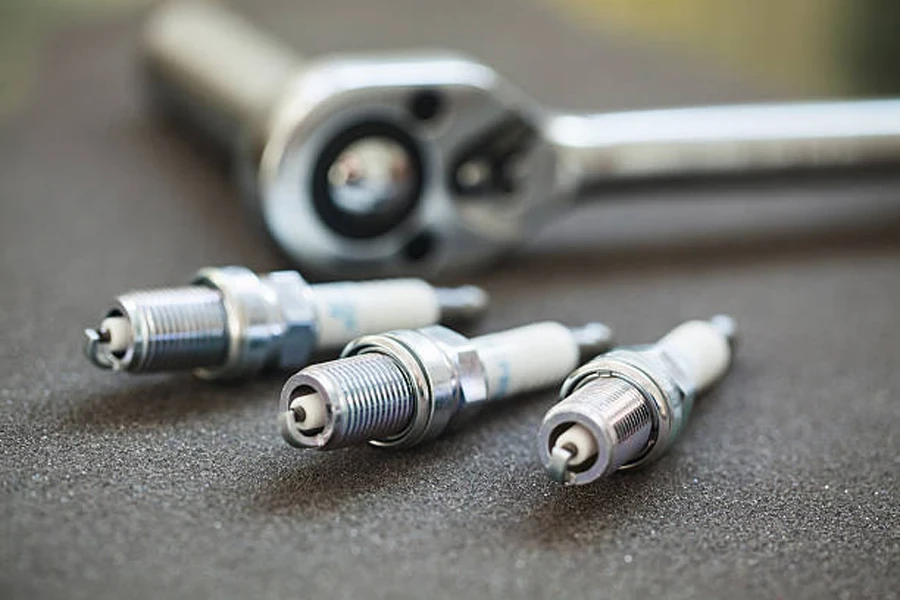
Heat Range
The heat range of a spark plug is an essential factor that impacts engine performance and longevity. It refers to the plug’s ability to dissipate heat from the combustion chamber.
Matching the Heat Range: Selecting a spark plug with the correct heat range for your engine is vital. If the heat range is too high (hot plug), it can cause pre-ignition and engine knocking. Conversely, a plug that is too cold can lead to fouling and poor performance. Ensuring the spark plug matches the engine’s specifications helps maintain optimal performance and prevents overheating .
Thread Size and Reach
The thread size and reach of a spark plug must be compatible with the specific engine model to ensure proper installation and function.
Compatibility: Using the correct thread size and reach ensures that the spark plug fits securely and functions efficiently. Incorrect sizes can lead to installation issues, poor sealing, and even engine damage. Always refer to the vehicle manufacturer’s guidelines to select the right dimensions for your spark plugs.
Performance Requirements
Different vehicles have varying performance requirements based on their usage conditions. It’s essential to consider these factors when selecting spark plugs.
Usage Conditions: For high-performance driving or vehicles operating in extreme weather conditions, choosing spark plugs that can withstand higher stress and temperatures is crucial. For instance, iridium plugs are often preferred for high-performance and turbocharged engines due to their ability to handle intense conditions without degrading.

Manufacturer Recommendations
Adhering to Original Equipment Manufacturer (OEM) guidelines ensures the best performance and compatibility for your engine.
OEM Guidelines: Following the spark plug specifications provided by the vehicle manufacturer is crucial for optimal engine performance and maintaining warranty coverage. OEM-recommended spark plugs are tested and proven to work best with specific engine models, ensuring reliability and efficiency.
Top Spark Plug Types and Their Features
Copper Spark Plugs
Copper spark plugs are known for their excellent conductivity and lower cost, making them a popular choice for older vehicle models. They offer the best electrical conductivity among all types, which can result in a strong spark and better engine performance in specific situations. However, the downside is their shorter lifespan; copper plugs typically need replacement every 20,000 miles due to quicker wear and tear. They are ideal for cost-sensitive applications and vehicles that do not require high-performance spark plugs.
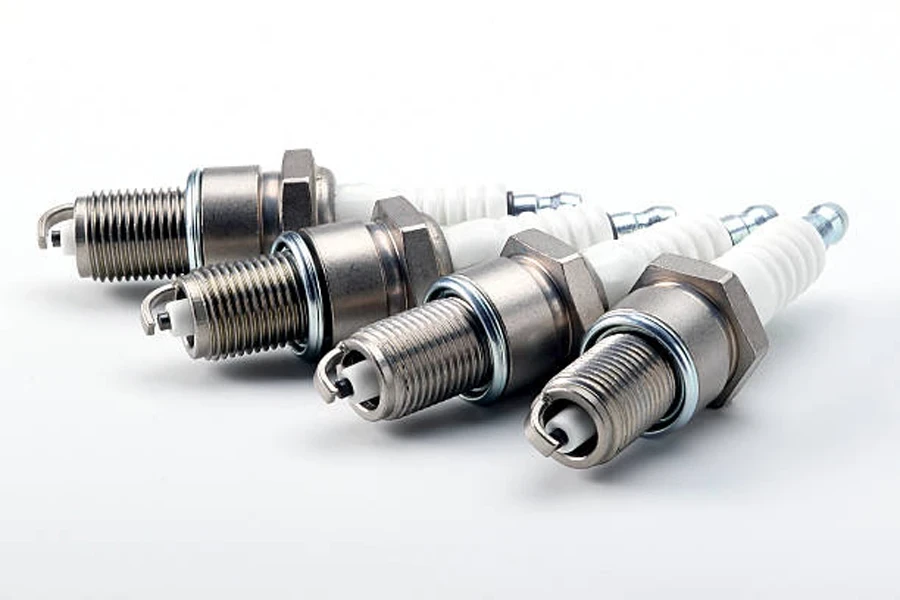
Platinum Spark Plugs
Platinum spark plugs provide a good balance of performance and durability. They are more durable than copper plugs, with a lifespan of up to 60,000 miles, thanks to the platinum disc welded to the center electrode. This feature allows them to handle higher temperatures and reduce wear. While the cost is higher than copper plugs, platinum plugs are a suitable choice for modern vehicles that require moderate performance enhancements without the need for frequent replacements.
Iridium Spark Plugs
Iridium spark plugs are at the top of the line in terms of performance and longevity. They can last up to 100,000 miles, significantly reducing the need for replacements. Iridium is a harder material than platinum, which allows these plugs to maintain their performance under extreme conditions. Although they come at a higher cost, the investment is justified for high-performance and turbocharged engines, where maintaining optimal spark and durability is crucial.
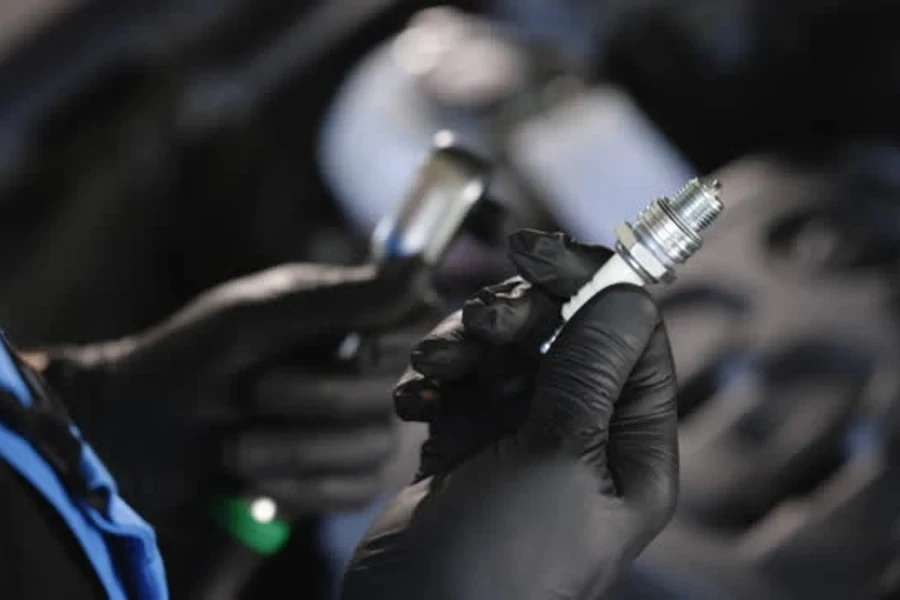
Double Platinum and Double Iridium Spark Plugs
Double platinum and double iridium spark plugs are designed for enhanced durability and consistent performance. These plugs feature platinum or iridium on both the center and ground electrodes, providing even greater resistance to wear and erosion. While they are more expensive, they are ideal for vehicles that require long-term reliability and minimal maintenance. These plugs are particularly beneficial for engines with distributorless ignition systems, where the spark plugs are subjected to more frequent firing cycles.
Specialty Spark Plugs
Specialty spark plugs are designed for specific applications that demand unique features:
- Racing Plugs: These plugs are tailored for extreme performance, often featuring advanced electrode designs that enhance ignition efficiency and withstand higher stress and temperatures.
- Eco-Friendly Plugs: Developed to optimize fuel efficiency and reduce emissions, these plugs are ideal for vehicles where environmental impact is a significant consideration. They help in achieving cleaner combustion and improving overall fuel economy.
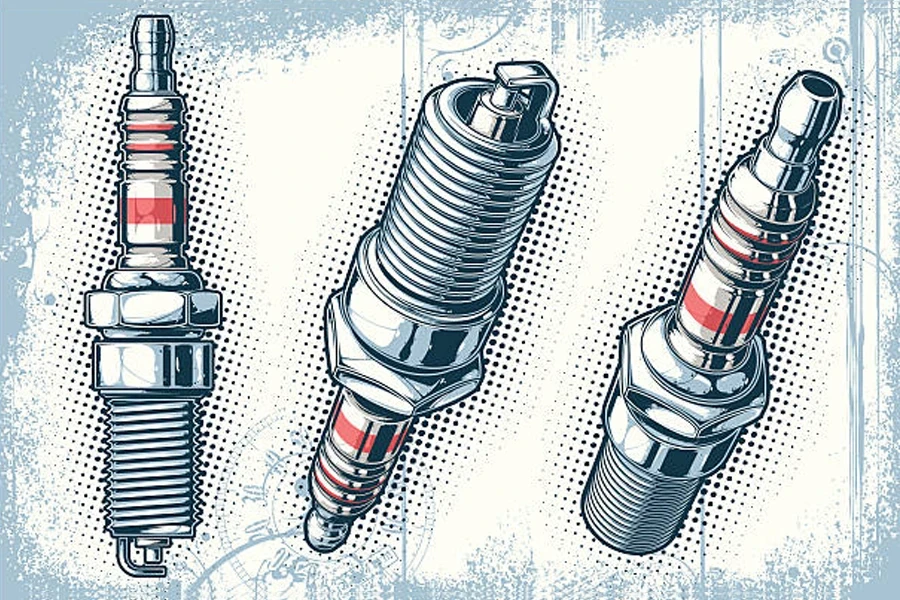
Conclusion
Selecting the right spark plugs in 2024 involves a thorough understanding of the vehicle’s requirements and the specific advantages of each spark plug type. Online retailers can better serve their customers by staying informed about the latest trends and technological advancements in spark plug materials and designs. By offering a range of options—from cost-effective copper plugs to high-performance iridium plugs—retailers can ensure that their inventory meets the diverse needs of their market, ultimately driving customer satisfaction and repeat business. Understanding these key considerations and top features will enable retailers to make informed decisions, enhancing their product offerings and boosting their competitive edge in the market.




